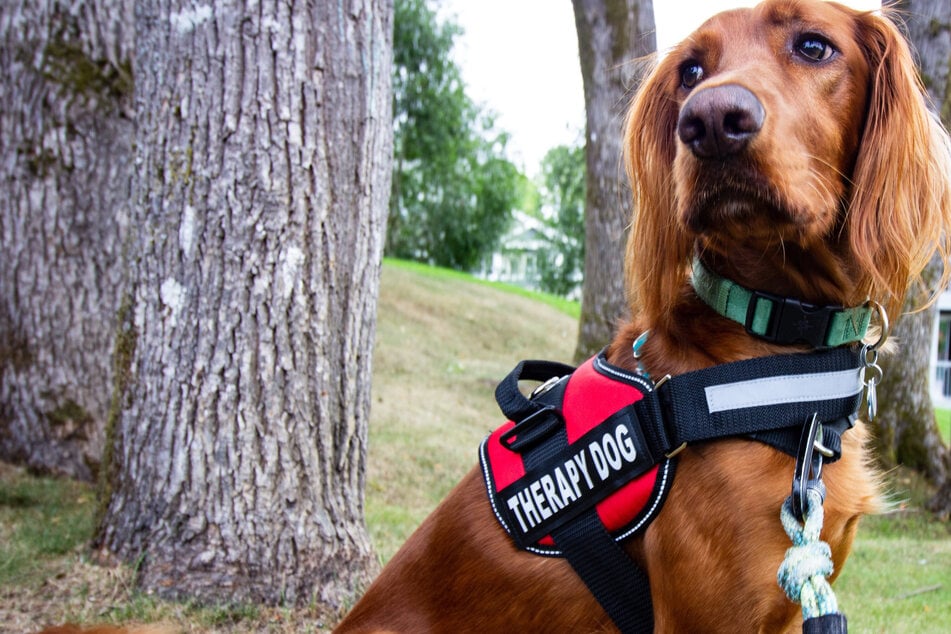Real dogs stimulate much more brain activity than stuffed animals or robots, study shows
Basel, Switzerland - Both old-fashioned stuffed animals and new robotic animals have been used in clinical treatment to improve patient well-being, and yet fake dogs are nothing compared to the real thing, new research appears to show.

Stroking a dog triggers significantly stronger reactions in certain areas of the brain than petting a toy animal, according to new research at the University of Basel.
The findings imply that in therapies to reduce stress and depression, real animals can't just be replaced by stuffed toys or robotic animals, the team of researchers led by psychologist Rahel Marti wrote in the scientific journal PLOS ONE.
For the study published October 5, the scientists measured the brain activity of 19 men and women when they either looked at a real dog or a similarly sized stuffed lion, cuddled it against their legs or stroked it.
The stuffed animal even had a hot water bottle inside it to keep it at about the same temperature as the dog.
Brain activity in the prefrontal cortex, an area of the brain linked to the regulation and processing of social and emotional interactions, increased both when handling the real and the soft toy, but much more so with the dog.
The difference was particularly large when contact was more intense, such as during petting. Brain activity continued to increase with each extra contact with the real dog, but not after more contact with the toy.
The researchers suspect that this may have something to do with the development of a social bond with a real animal. According to the study, there were no clear differences in brain activity between male and female participants.
The higher brain activity continued after contact with a dog even when it was no longer there. This effect was less pronounced with the stuffed animals.
A dog interaction a day keeps the doctor away

According to the authors, the study suggests that "interactions with a dog can activate stronger attentional processes and elicit more emotional arousal than interacting with a non-living stimulus."
However, the results first have to be confirmed in larger analyses, and they should initially be interpreted with caution, among other things because of the small number of subjects.
Several studies have already shown that a positive interaction with a dog lowers stress parameters such as blood pressure, heart rate, and cortisol levels.
In addition, neurochemicals such as oxytocin, which are associated with bonding or belonging, are released.
According to Marti's researchers, dogs are the most commonly used animals in animal-assisted health therapies.
Cover photo: Unsplash/@rstone_design

